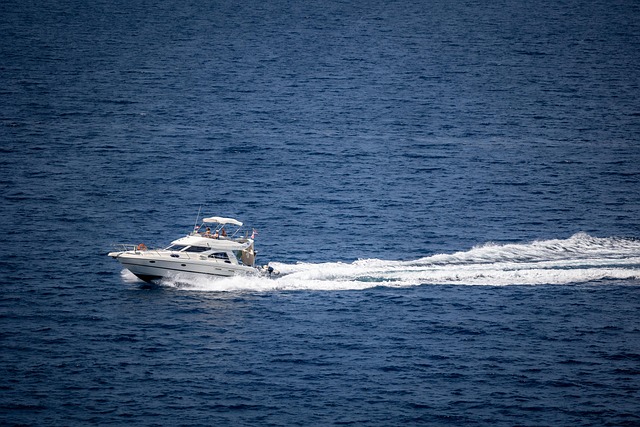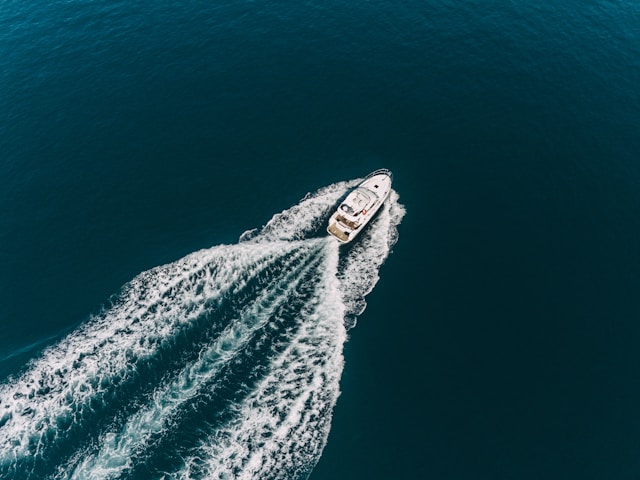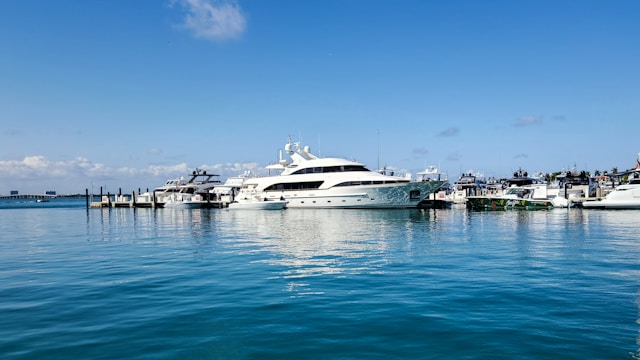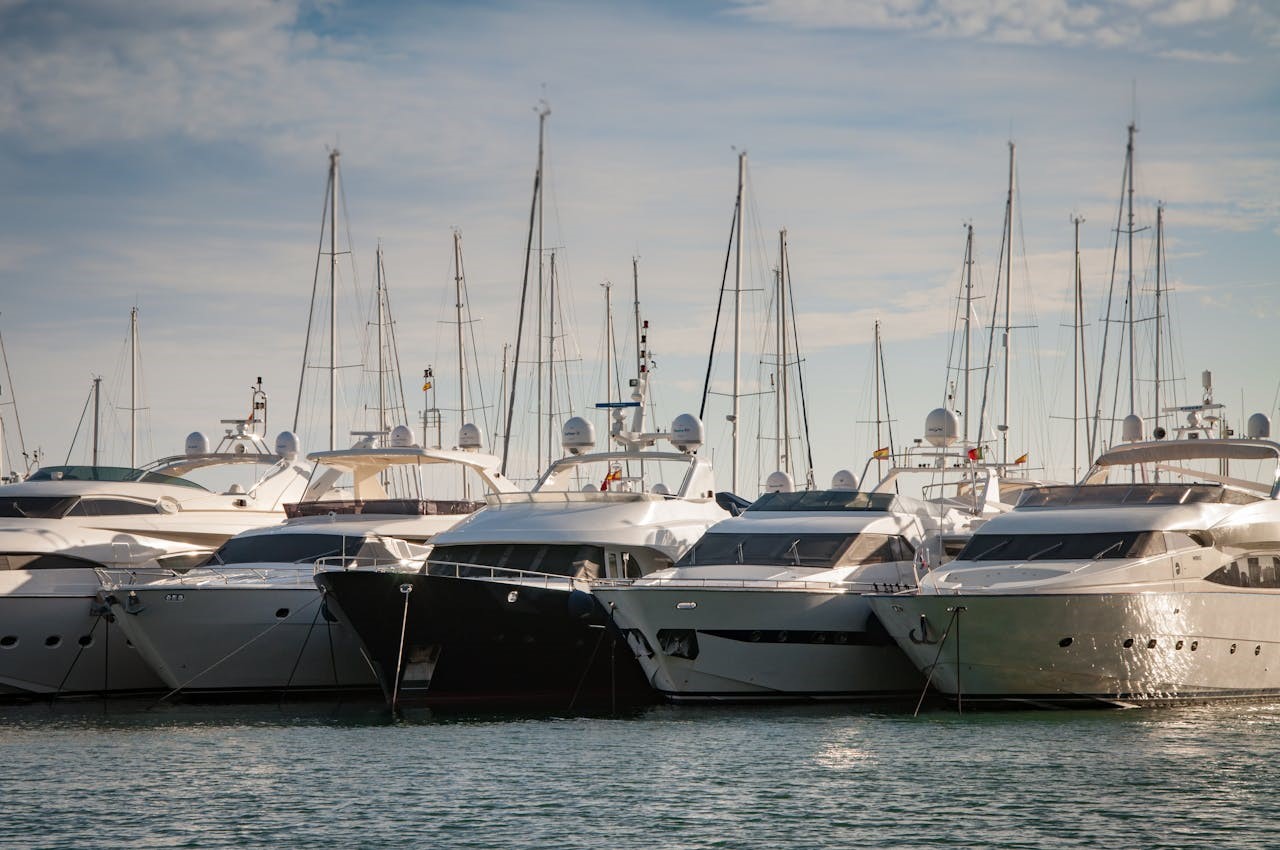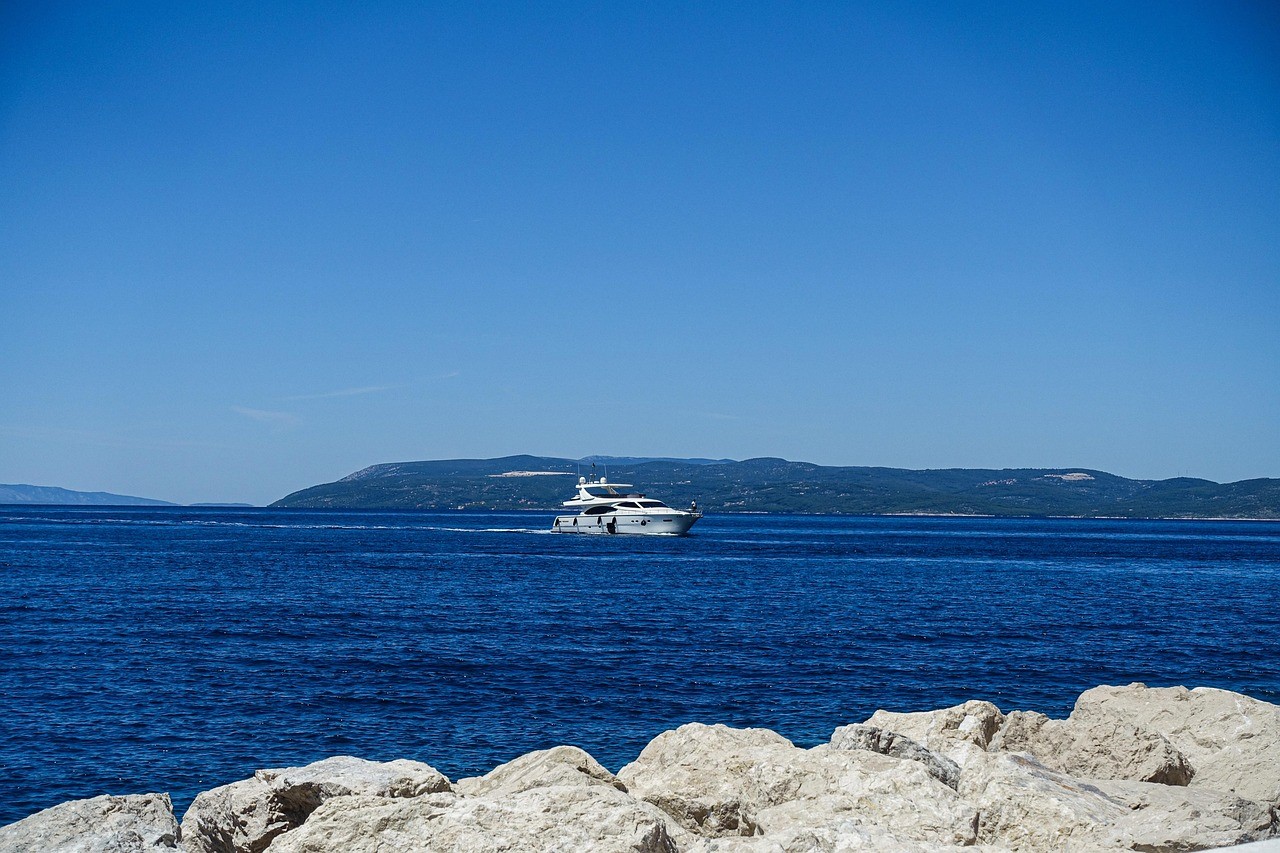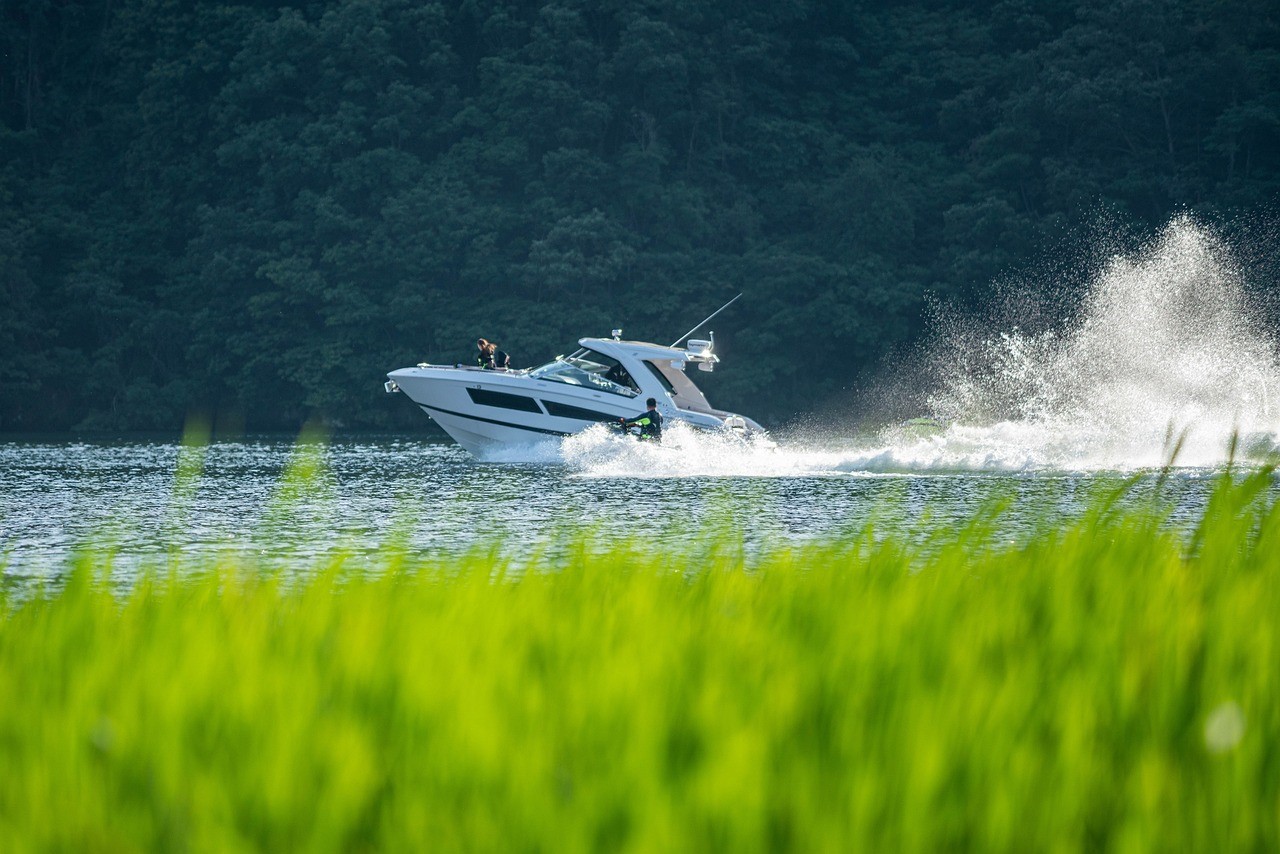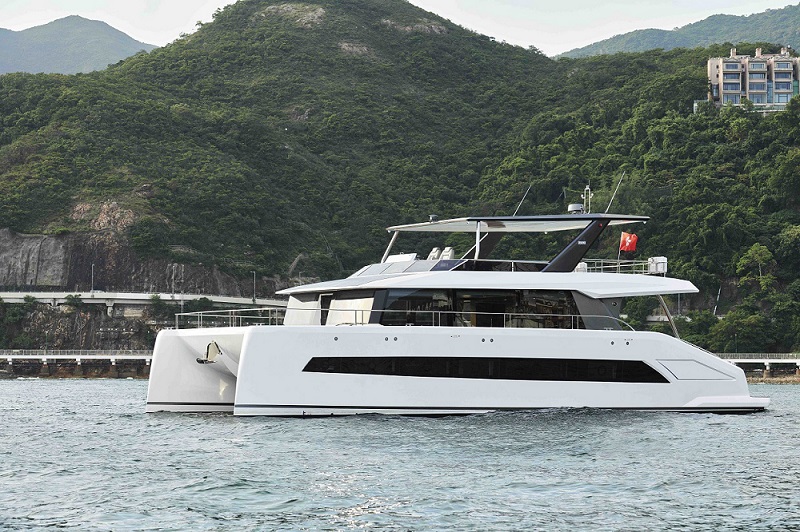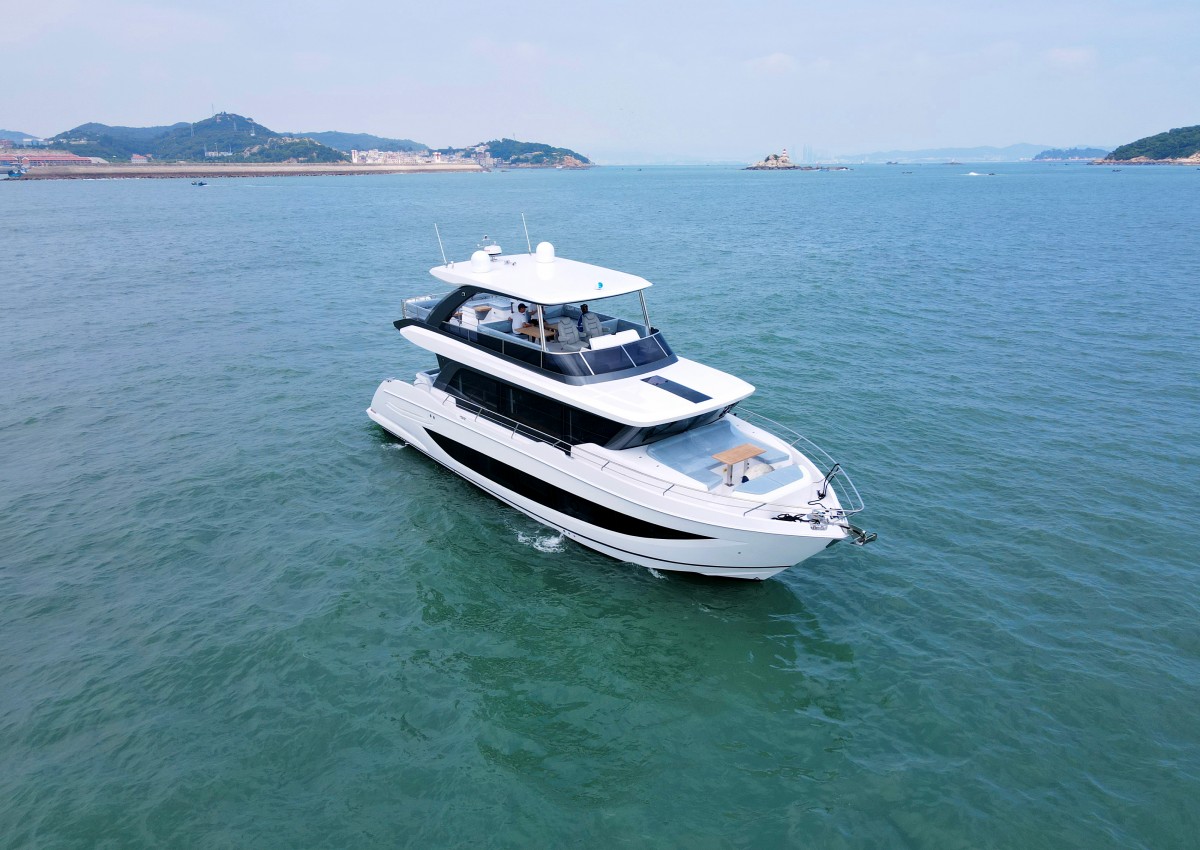Sailboats have a wide variety of hull and keel types, from traditional monohulls to catamarans and trimarans, with different hulls having different characteristics. Various keel designs such as fin keel and wing keel affect the stability of a sailboat in different degrees. If you are looking to buy a sailboat, it is important to understand all aspects of sailboats, whether you are a seasoned sailor or a first-time novice. This article explores sailboat types, hull types and keel types to take you through the full gamut of sailboats.
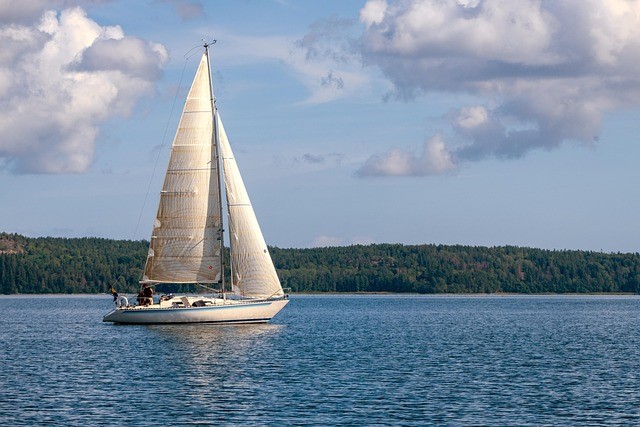
Common Types of Sailboats
Small Sailboats
Small sailboats offer excellent maneuverability thanks to their compact size and are available in a wide variety of designs that are fun for both sailboat racing enthusiasts and novice sailors. Small sailboats are characterized by their compact and agile shape, which makes them suitable for a variety of scenarios and allows the driver to get in touch with the water while sailing for a unique sailing experience.
Cruiser
Cruisers are one of the common types of sailboats, equipped with a series of complete facilities such as cabins, kitchens and bathrooms, and are designed for long-distance cruising, from the hull structure to the interior layout, all of which can provide passengers with a comfortable and safe sailing experience. While underway, the stable hull acts as a strong fortress against the wind and waves, providing comfort and stability whether it is a leisurely cruise or a long adventure.
Racing Yachts
Designed for speed and precision, racing yachts are made of state-of-the-art materials, have a streamlined shape, and are equipped with advanced rigging and sails. Every detail of a racing yacht has been scrutinized, and as they race across the water, they exemplify the synergy between human seamanship and advanced marine engineering.
Hull Types of Sailboats
The hull, as the core supporting part of a sailboat, determines the structural solidity, stability while sailing and overall performance of a sailboat. According to the hull design, the hulls of sailboats are mainly categorized into the following three types:
Monohull
Monohull is the most traditional and common type of sailing boat hull, its unique deep keel can offset the wind's influence on the sails and bring thrilling backward movement, the beauty of the fusion of the Min Jie and stability, which has become an ideal choice for leisure cruising and competitive racing. The monohull, with its deep keel and streamlined design, provides a dynamic and responsive sailing experience. Its key features include a monohull, deep keel, streamlined design and versatility to meet the sailing needs of different people.
Catamarans
With two parallel hulls, catamarans offer a very different sailing experience with a unique design. The wide beam of these boats provides excellent stability and greatly reduces heeling, providing a comfortable sailing experience for novice sailors. The catamaran's double hull design reduces water resistance when sailing, enabling faster speeds and more efficient sailing performance. The spacious decks and cabins also make it a favorite among sailors, making it a popular choice for leisurely cruising and family sailing adventures. Key features of catamarans include double hulls, speed and plenty of space for a comfortable sailing experience.
Trimarans
Trimarans have three hulls, a center hull and two smaller outrigger hulls on either side. This design takes sailing to new heights of stability and speed, prevents capsizing, and handles rough seas with ease, making it the first choice for adventurous sailors seeking to push the boundaries of performance and exploration. Combining the speed of a monohull with the stability of a catamaran, the trimaran is designed for high-speed cruising and can adapt to a wide range of water conditions.
Types of keels for sailboats
The keel is a key component of a sailboat, providing stability, balance and directional control. There are a wide variety of keel designs, each with its own unique features and benefits. Here are some common types of keels for sailboats:
Fins Keel: The fin keel is blade-shaped, short and deep, providing excellent lateral resistance, enhancing a sailboat's ability to sail upwind while effectively reducing drag under sail. It excels in performance and utility, enhancing the maneuverability of the sailboat and speeding up sailing. Characteristics of this keel include hydrodynamic shape, good upwind performance, and versatility.
Wing keel: The wing keel is a T-shaped profile with horizontal wings at the bottom, which increases lateral resistance and stability without increasing depth, reduces draft and is suitable for shallow water sailing.
Spherical keel: The spherical keel has torpedo-shaped weights at the bottom of the fin keel concentrating the ballast in a low position. The design improves the righting moment, gives a smaller and hydrodynamic keel profile and is widely recognized in the racing community.
Long Keel: The long keel extends along the majority of the boat's length and is a classic style of sailboat keel design. This keel provides excellent directional stability and tracking ability for blue water cruising and rough weather sailing.
Bilge Keel: The bilge keel consists of two smaller keels on either side of the hull and provides stability and the ability to stand upright at low tide, making it popular in areas with a wide range of tides for coastal cruising.
Centerboard: The centerboard is a retractable keel that can be raised or lowered through slots in the hull. This design allows flexibility in the draft depth of the sailboat, excellent in shallow water when raised and good upwind salability when lowered, commonly found on smaller sized sailboats.







 Leave the comment
Leave the comment
